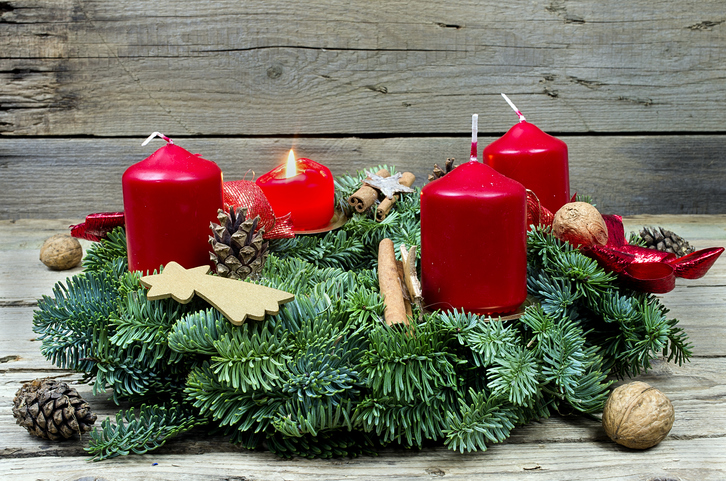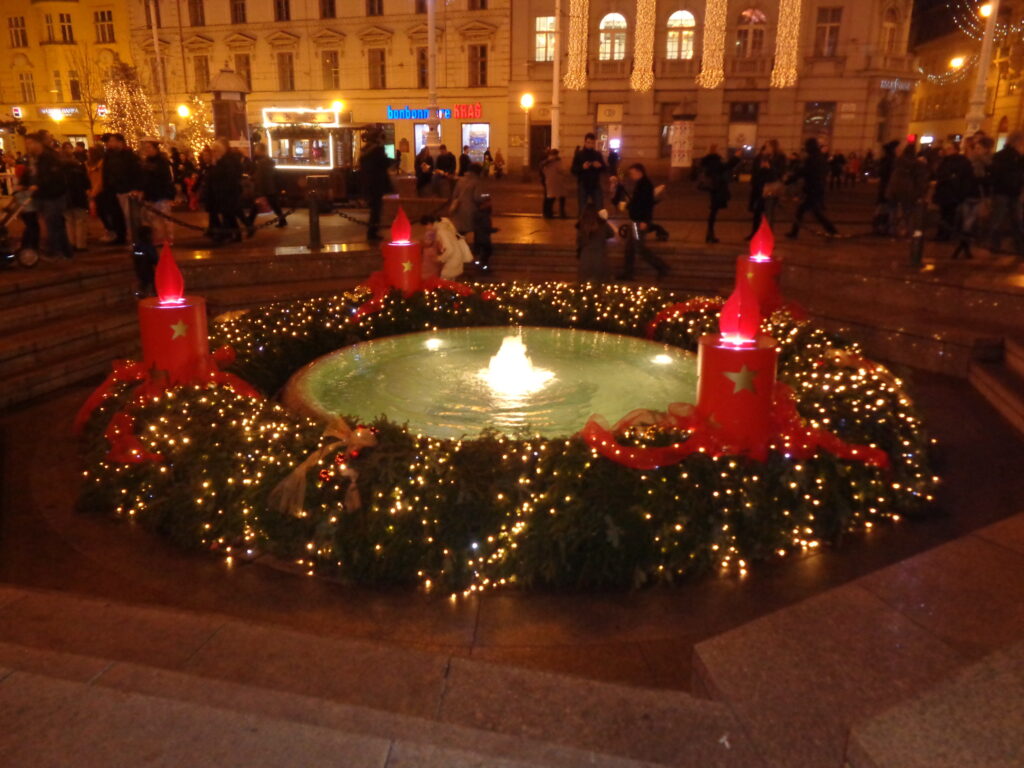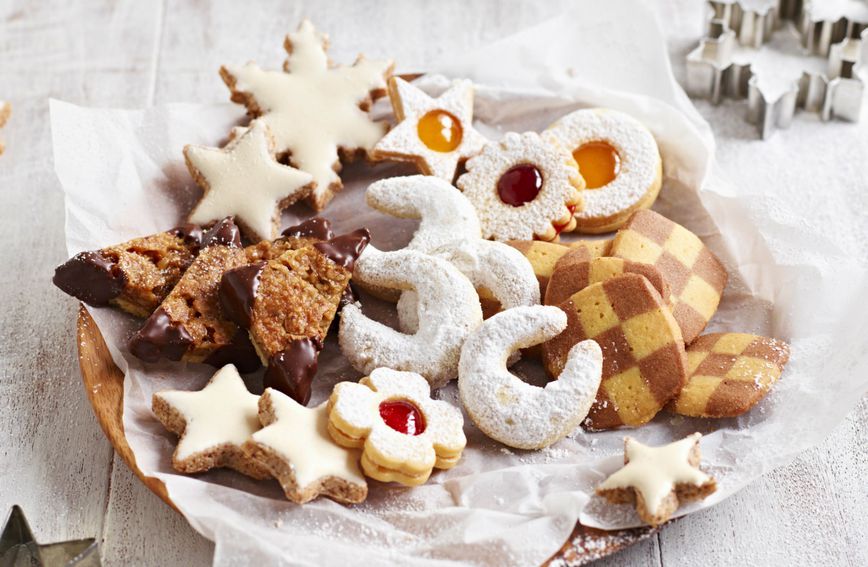CHRISTMAS IN CROATIA


With almost 90% of Croatians being Catholics, Christmas is one of the most important holidays in Croatia and is celebrated quite similarly as in other Catholic countries.
The 4th Sunday before Christmas is Advent Sunday which marks the beginning of Advent and an official beginning of the Christmas season. During Advent most streets and houses are decorated with glittering decorations while the air is filled with Christmas spirit and the smell of roasted chestnuts and mulled wine. At home a tradition is to make a wreath (symbolises eternity) of evergreen branches with four candles which stand for hope, peace, joy, and love. One by one candles are lit on every Sunday before Christmas.
On St Lucia Day, wheat is sown as a symbol of life.
Christmas Eve and Christmas day are reserved for the close family. Marking the end of Advent, Christmas Eve is a special time when Christmas trees are set ap and children decorate them, traditionally with dried fruit ornaments and gingerbread hearts (licitar) ornaments. Decorating a Christmas tree was not a custom until the mid-19th century, when it became widespread in Croatia thanks to German influence. Christmas Eve is a fasting day, and only fish is on the menu, most often dry cod stew. While early morning masses are held during the Advent period, on Christmas Eve people attend the Midnight Mass. After the Mass, people greet each other with “Sretan Božić” (Merry Christmas) and gifts are waiting for the children under the Christmas tree. Christmas Day is a family day revolving around food and spending time with loved ones. On Christmas Day, Croatians traditionally prepare turkey (or any other bird). Birds flick dirt with their legs backwards, pushing away all that is bad, away into the past. That’s what we should do too.




There isn’t one Christmas cake, but the tradition is to make many kinds of small cakes. The most popular are fritule (doughnut-like festive pastry), “Makovnjača and Orahnjača” (poppy seed and walnut rolls).
On St. Stephen’s Day, people go around to wish Merry Christmas to extended family and friends. It is a day for visiting each other and exchanging gifts, which don’t have to be big, but small and symbolic items.
On New Year’s Day pork must be on the menu. The symbolism behind it is that a pig pushes forward with its snout just like we should in the New Year – no looking back.
Epiphany, also known as the Holy Three Kings, represents the end of the Christmas season. It used to be a custom to take odown the Christmas trees and all the decorations on that day, but not any more. Today, they stay on the streets and in homes much longer to prolong the Christmas light as the symbol of life.
Milena Car
IWC Interest Group Chair
